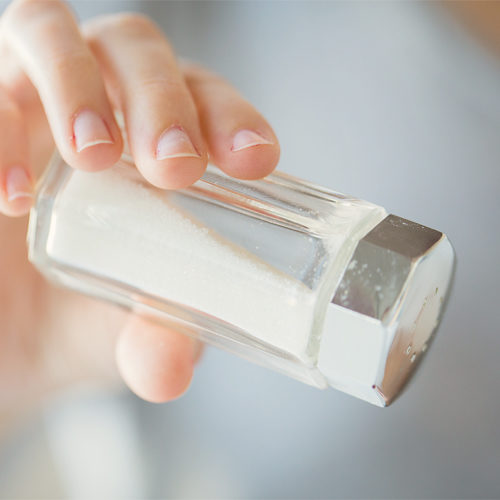The dark side of white salt

Salt is often an overlooked and overused ingredient in our diets. Here’s why salty foods can negatively affect our children’s health.
What to know about adding flavors
We often add a lot of flavors to our dishes to elevate their taste without a second thought. However, too much seasoning has adverse health effects on children. Additionally, snacks such as sweets, candies, and chips are strategically designed to be very sweet and salty in flavor to entice a young child.
Saltiness
Salt may not seem like an obvious threat to a child’s health. This may be one reason why the dangers of saltiness are overlooked by most parents while being careful about sweet sugary foods. Kids naturally enjoy salty tastes and will willingly reach for sodium-filled dishes such as pizza, fries, and noodles. When consumed in excess, this can be detrimental to a child’s health.
How much salt is suitable for kids?
Children should receive between 1,000 to 1,200 milligrams of sodium daily, about 1/2 teaspoon per day. Children consuming over this recommended amount are at risk for various health conditions, such as:
- Hypertension: Or high blood pressure, leading to heart disease, and even the possibility of stroke, which is a prevalent cause of death
- Obesity: Caused by the uncontrollable consumption of excess calories from flavorful foods
- Kidney stones: Caused by excess consumption of salt paired with dehydration
Type of foods to avoid
Foods often found to have high sodium levels are processed food, sausages, canned stock soups, and different types of junk food. Hence, parents should limit their children’s consumption of these foods to an appropriate amount.
To keep Your Child to be healthy, you should opt for the safer alternatives when grocery shopping and teach your little one to make healthy food choices, such as choosing to buy chips with low salt, using greek yogurt as salad dressing, or choosing junk food products that are low in sodium.
Verified:
Dr. Piyawut Kreetapirom, MD. (31 March 2021)



